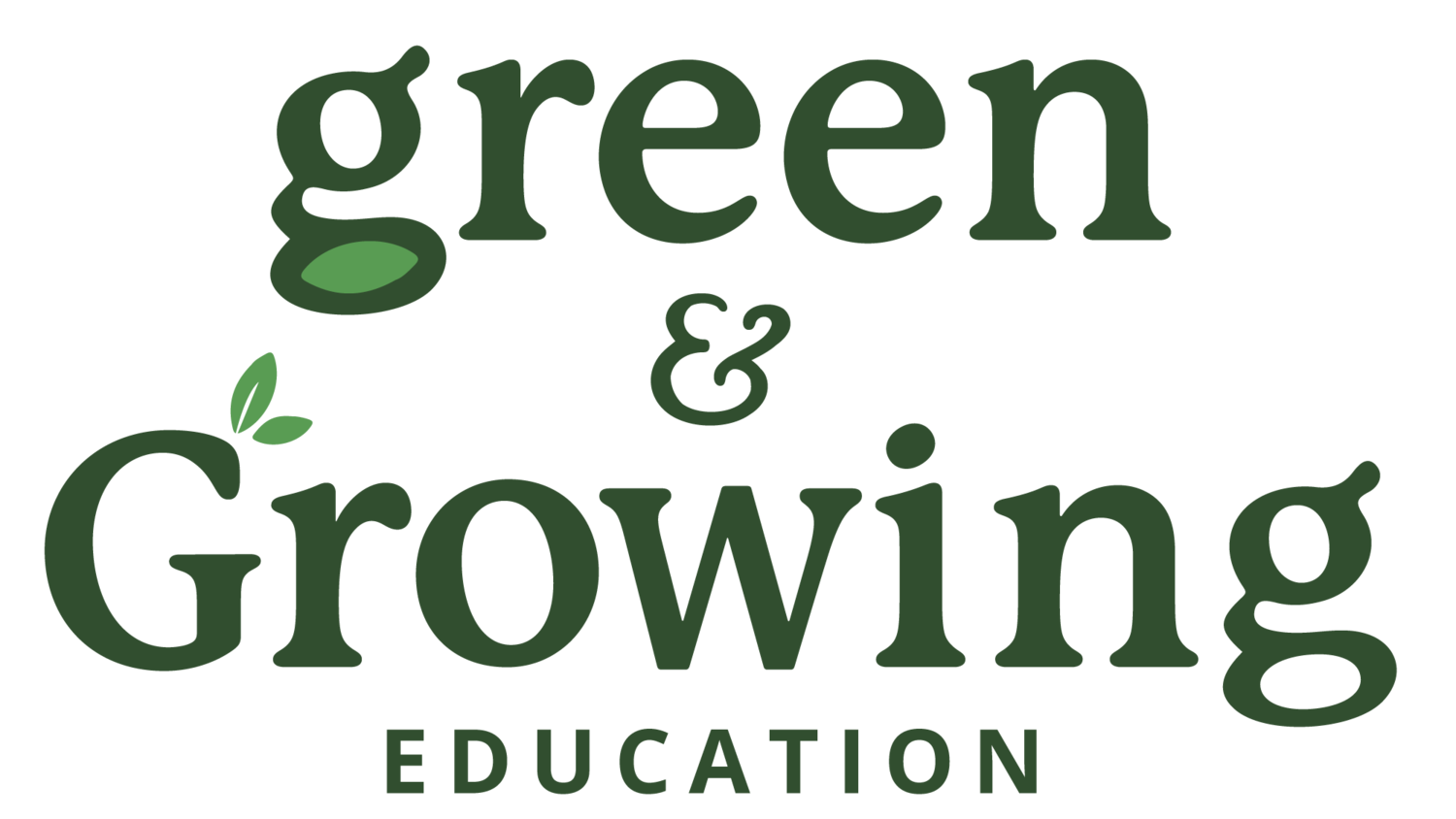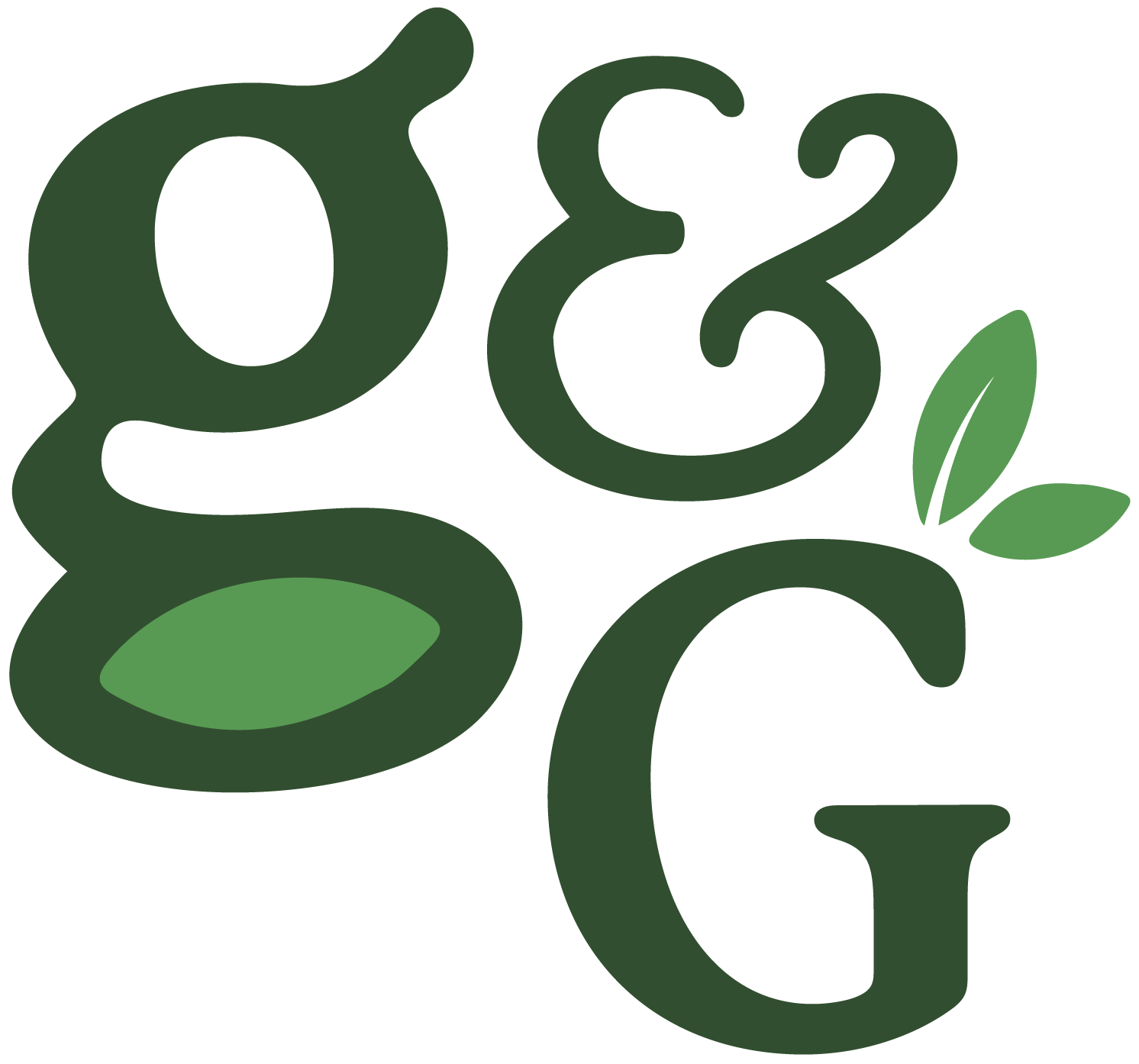Classroom Improvement Secrets: What Your Agriculture Students Really Want You to Know
I can already envision the last days of the school year. Spring break is long gone, the plant sale was another success, the banquet ran on time, and the saying goodbye to the seniors never gets easier.
And as the last bell rings and the summer sunlight streams through the classroom windows, I often find myself surrounded by stacks of papers, forgotten markers, and the lingering echoes of another school year.
And I know how tempting it is to simply pack everything away, file the memories, and breathe a sigh of relief. But this moment right here, between the chaos of the school year and the promise of summer, is an essential piece to building a better school year for the impending fall.
This is where reflection happens. And that is where growth begins.
Professional development workshops and educational conferences like Germinate Conference are invaluable tools for growth, offering insights, strategies, and best practices. But the true magic of improvement happens when those external insights meet the unique day-to-day realities of your classroom.
While external training provides frameworks and techniques, the most precise roadmap for your personal growth comes from those who experience your teaching firsthand: your students.
Over the years, I've learned that meaningful improvement isn't about implementing a one-size-fits-all approach from an outside perspective. It's about understanding the unique ecosystem of your classroom including the specific dynamics, challenges, and opportunities that only you and your students truly comprehend.
External professional development can guide and inspire, but the most targeted, meaningful improvements emerge from listening to the voices that fill your classroom every single day. So before your students leave the classroom for good, it's time to ask for student feedback.
Why should you ask for student feedback?
Well, let’s be honest, students are the most honest critics but also can be the most insightful collaborators in the educational process. They experience our teaching firsthand, navigate the landscapes we create, and understand the real-world application of what we're trying to communicate. Their perspective is not just valuable, it's essential.
Asking for feedback doesn’t have to be a 1 on 1 conversation (although it totally could), it can be something that you integrate into your class assignments. We have three examples that we have used in our classrooms that have allowed us to make tweaks to enhance our skills.
3 Powerful Ways to Gather Meaningful Student Feedback
1️⃣ TOP 5 BOTTOM 5 Reflection Method
How It Works:
Students create two lists:
- Top 5 most impactful concepts or knowledge gained
- Bottom 5 areas where they struggled or felt least connected
Requirements:
- Each point must be documented with at least a full paragraph
- Students must explain:
- Why they found value in the learning
- How the concept will help them in the real world
Optional:
Have students provide a visual representation for each top 5 aspect. Maybe this is a picture of their assignment or from that lesson.
This isn't just a simple list-making exercise. It's a deep dive into the learning experience that challenges students to critically examine their educational journey. When I did this in the classroom I had multiple students HATE my environmental issues group project.
Essentially, I assigned them groups and they did a modified Ag Issues project about their chosen issue and created a skit. Multiple students said they hated the skit. So, the following year I added a few more presentation options so they weren’t forced to do a skit.
The Top 5 Bottom 5 method is a powerful reflective tool that goes far beyond surface-level feedback. By requiring students to provide detailed paragraphs explaining their choices, the exercise transforms from a simple list into a profound learning experience.
Students are challenged to think critically about their educational journey, articulating not just what they learned, but why and how those lessons matter. The visual component adds another layer of depth, encouraging students to represent their learning creatively and engage multiple forms of expression.
This method doesn't just provide feedback to the instructor it also helps students themselves process and internalize their learning, creating a moment of metacognitive reflection that can be transformative.
2️⃣Comprehensive Course Reflection
How It Works:
Allow students to answer a few questions that can help you address changes you would like to make to your teaching. Students can present this with a presentation or a written response.
Here are some questions I have asked in the past:
(1) What did you learn about yourself throughout the semester?
(2) If you had it to do over again, what would you change?
(3) Consider the course as a whole: What was most beneficial to your development in agriculture?
(4) What would you have liked to learn more about?
Get a copy of both the Top 5 Bottom 5 and Course Reflection document HERE.
The comprehensive course reflection centers on four transformative questions designed to guide students through a deep exploration of their learning journey. These questions challenge students to reflect on personal growth, critically examine their experience, and understand the broader impact of their course.
By asking students to articulate their self-discovery, potential improvements, course benefits, and areas of curiosity, the reflection becomes more than an evaluation—it's a meaningful dialogue about learning, growth, and future potential.
The questions invite students to step back and consider their educational experience holistically, connecting classroom learning to real-world applications. This approach demonstrates that their intellectual curiosity is valued and that learning is an ongoing journey of discovery and improvement.
3️⃣Google Forms Course Evaluation
In the age of digital feedback, online surveys offer a structured yet flexible approach to gathering student insights. Now, multiple members of the G&G team use these simple surveys throughout the year. Back in the pandemic we did it weekly and now have scaled back to every grading period. Here is an example of one we have used for the end of year feedback: You can check it out here.
Recommended Approach:
- Create a template that balances structured questions with open-ended responses
- Ensure anonymity to encourage honest feedback
- Use a mix of rating scales and text response options
Digital course evaluations through Google Forms provide a comprehensive approach to gathering student feedback that addresses multiple learning and assessment needs. The combination of quantitative rating scales and qualitative open-ended questions allows for both statistical analysis and deep insight.
Anonymity becomes a crucial factor, empowering students to share honest, unfiltered perspectives they might hesitate to express face-to-face. While you will probably get some students that completely rag on your class, that is OK. It is a data point that you can gather insight from. Remember that the open ended responses will provide you with specific feedback that should give you a direction toward your growth areas for the following year.
Overall, gathering student feedback isn't about validation, it's about your potential transformation as a teacher. We are not saying that you aren’t already a fantastic teacher, we believe that you are.
What we also know (and believe deeply which is why it is our mission statement) that we should have an ALWAYS LEARNING mentality. Teaching isn’t a race with a finish line at the end of each year, it is a journey that requires reflection, feedback and growth.
Treat each piece of feedback you get as a gift, an opportunity to refine our craft, to connect more deeply, and to continuously improve your educational craft.
Looking for more resources to help you grow as a teacher? That’s what Green and Growing is ALL about and here’s how we can specifically help:
Binge the blog where you’ll find free takeaways and inspirational content that will help you feel supported and motivated in the classroom, all year long.
Browse the resource library to find various ag teacher resources you need when you’re in a time crunch!
Subscribe to The Gazette, the monthly newsletter filled with agriculture teacher announcements, resources, shout outs and opportunities for you across our industry.
Join the next (free and virtual) Marigold Meetup where you can connect, grow, and recharge with fellow educators who "get it."

